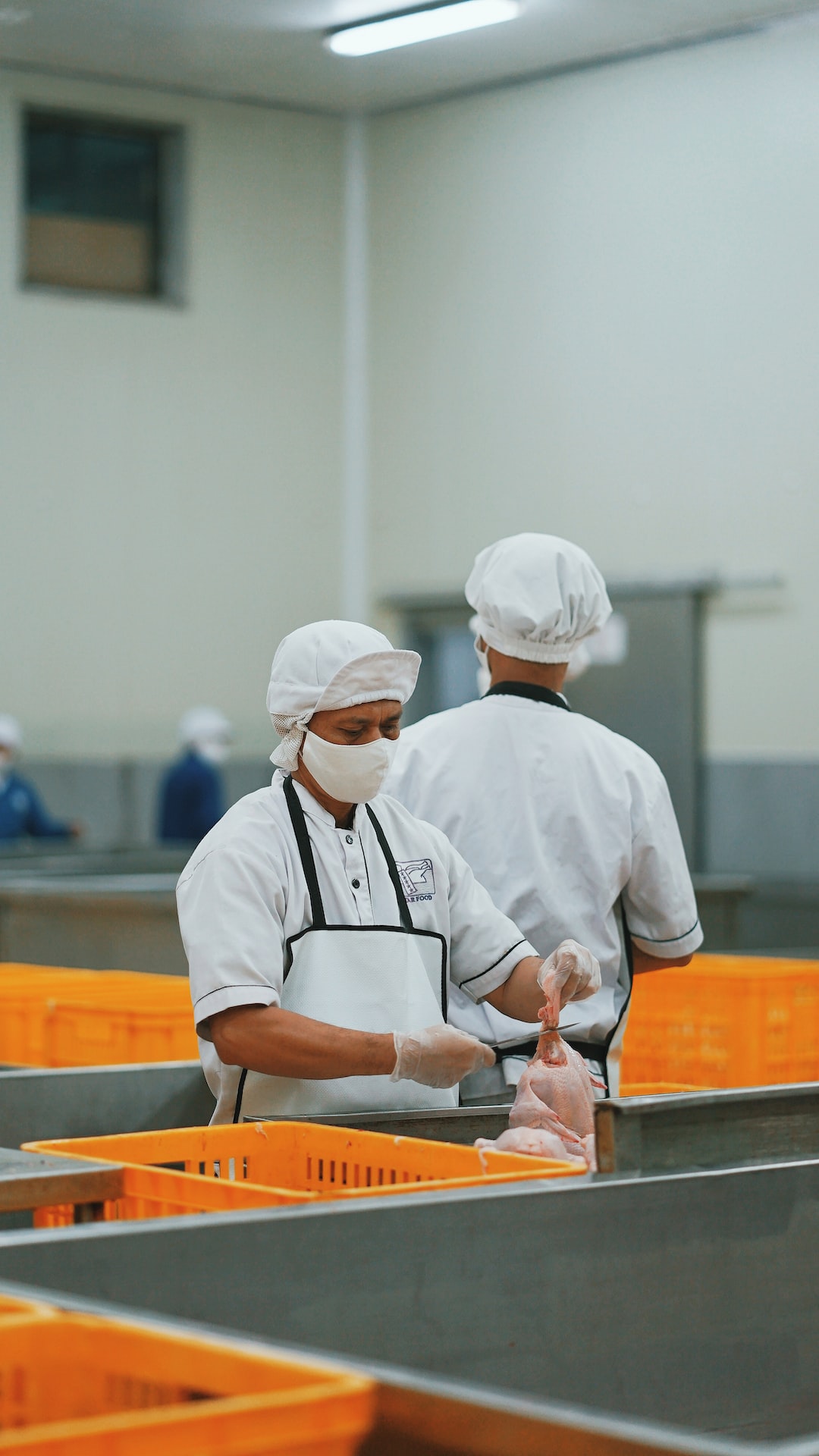Create the Perfect Office Party with CarmEli’s Catering Services
Organizing an office party can be quite a challenging task, especially when it comes to catering for all the participants. Thankfully, CarmEli’s catering services are here to ensure your next office party is an unforgettable experience. With their exceptional food, professional service, and attention to detail, CarmEli’s catering services will help you create the perfect office party that everyone will be raving about.
One of the key aspects of any successful office party is the food. CarmEli’s catering services offer a wide range of delicious and diverse menu options, suitable for every taste and dietary requirement. Whether your colleagues enjoy classic finger foods, exotic canape food from international cuisines, or healthy and nutritious choices, CarmEli has you covered. From mouthwatering canapé foods to delectable hot finger foods and tempting original recipes, their skilled culinary team will ensure that every cocktail food is a masterpiece.
Additionally, CarmEli team of Melbourne caterers understands the importance of presentation when it comes to catering services. They go the extra mile to ensure that each finger food and canapé is visually appealing, incorporating creative and thoughtful touches with their catering services. From elegantly arranged grazing tables to beautifully garnished hot finger foods, their attention to detail will leave a lasting impression on your colleagues. With CarmEli’s catering services, you can rest assured that no detail will be overlooked.
In addition to their exceptional cocktail food, CarmEli’s catering services also excel in providing professional and efficient mobile bar service and beverage catering. Their experienced staff will ensure that every aspect of the corporate catering runs smoothly, from set up to clean up. They will handle all the logistics, allowing you to relax and enjoy the office party alongside your colleagues. With CarmEli, you can focus on building relationships with your coworkers, rather than worrying about the nitty-gritty details of a corporate event.
Moreover, CarmEli’s catering services understands the significance of customization when it comes to office parties. They work closely with their clients to create a cocktail office party menu and experience that fits their unique corporate preferences and requirements. Whether you’re looking to host a formal corporate party or a casual gathering, CarmEli catering will tailor their catering services to suit your needs. Their flexibility and willingness to accommodate your specific corporate event requests make them the ideal choice for any office party.
In conclusion, if you’re looking to create the perfect corporate event or office party, CarmEli’s catering services are a fantastic option. With their exceptional cocktail food, professional service, attention to detail, and customization options, CarmEli catering will elevate your corporate party to a whole new level. Say goodbye to the stress of organizing an office party and hello to an unforgettable experience with CarmEli’s catering services.
For more information visit:
CarmEli Catering
https://www.carmelicatering.au/
Gourmet finger food & canapés, tapas, beverage catering and mobile bar services for weddings, corporate events and private events.









